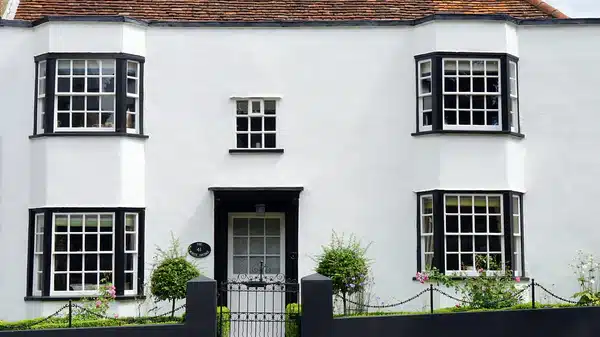SPECIFICATION GENERATOR
Find out which low impact materials are right for your building project.
How do I internally insulate an old building?
Find out more about how we approach this building scenario.

Can you suggest any materials for internal insulation of an old building?
For internal insulation you could use our UdiIN or UdiINRECO systems which are both wood fibre insulation board based system that are fixed to the interior of the walls to insulate. They are extremely good at managing moisture and help dry buildings out. In addition to the internal insulation you would need to look at the exterior of the walls as it becomes important to ensure that driving rain does not accumulate in the walls. We would normally recommend that the exterior is either rendered or has an impregnating, water repellent cream applied to it to ensure weather tightness.
For roofs I would suggest the UdiIN wood fibre insulation system along with the UdiFLEX wood fibre batts for insulating between the rafters. Please see our other Wall Insulation and Roof Insulation systems for more info.
How would you fix internal insulation to cob walls?
The UdiRECO wood fibre board can be fixed directly to uneven surfaces such as brick or stone with UdiASSEMBLY Masonry fixings. Where you have cob this is not possible as the material is too soft to hold the fixings. Instead it can be fixed by installing timber battens into the cob which are held in place with Helifix bars to allow simple UdiASSEMBLY Timber screw fixings to hold it in place.
Once the boards are fixed in place the UdiMULTIGRUND render system can be applied as the base coat with the Baumit Kalkin Glatt lime finishing plaster to finish it.
Our walls are cement rendered, can this cause problems with moisture and damp?
Cement renders can be a problem but only if moisture is able to get behind it. It is worth checking around window sills to see if there are cracks where rain can enter and also across the whole external facade. Cement render in itself is not actually as impervious to moisture as many people think. However, it is usually accompanied by vinyl masonry paint which is incredibly impervious to moisture and which can cause many moisture related issues.
Generally, if the render is in good order and not letting moisture in then leave it in place. If it is cracked and allowing moisture in then it would be best replaced with a vapour permeable material such as the Baumit RK39 hydraulic lime render.
Our internal insulation systems use the UdiMULTIGRUND plaster to regulate the flow of moisture into the walls from the interior. This prevents damaging levels of moisture accumulating in the walls, even if they cannot dry easily towards the exterior.